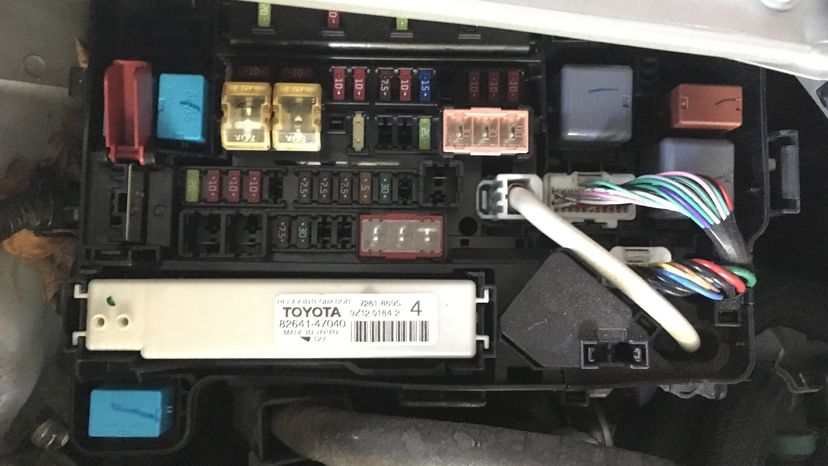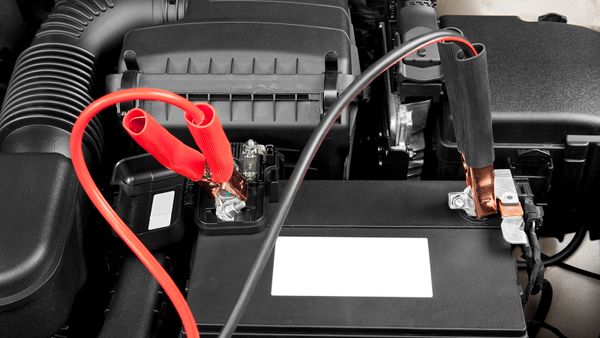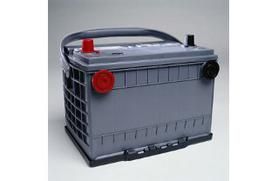
Dealing with a dead battery in a hybrid car is somewhat more complicated than a dead battery in a regular gasoline car, but it's probably not quite as bad as you might believe. Why? Well, not all hybrid systems are created equal.
- Since the powertrains are not standardized across the hybrid auto industry, there's a lot of variation across brands and even within the same brand over model year redesigns.
- Many hybrid cars have more than one battery, and they might not be located where you expect them to be.
- Some hybrid cars do need a trip to the dealership if the battery dies.
- Some new hybrid models can jump-start themselves.
Jump-starting any car is dangerous if you don't know what you're doing. Hybrids add extra anxiety to the procedure. In general, hybrid vehicles can be jump-started just like a regular car with a conventional gas engine. Not all traditional gasoline cars are the same, of course, but all gas powertrains work pretty much the same, which makes it easy to learn how to jump-start a gas car. However, the unusual layout of many hybrids' powertrains can cause some confusion at first.
Advertisement
Most hybrid models have two distinct batteries: the main high-voltage battery in the powertrain, which takes over when the car isn't using its gasoline engine or runs in tandem with the gas engine for better efficiency, and a smaller 12-volt battery tasked primarily with starting the vehicle, which can be located under the hood but is often located in the trunk. The presence of a hybrid's high-voltage battery pack is most likely why some people believe it's unsafe or impossible to jump-start a hybrid, but those batteries should be easy to tell apart from the smaller, more conventional 12-volt battery used for starting the car (and thus, jump-starting). A hybrid battery pack should be sealed, to prevent electric shocks caused by accidental contact, and should be marked with warning labels. Be extra careful to ensure you're working with the correct battery, and you should be fine.
Both of those batteries can run out of juice, and if you're having battery trouble, you'll have to determine which battery is the source of your problems. If your car won't start, and jump-starting doesn't work, you'll need a mechanic to look at the main hybrid battery.

A lot of Toyota hybrid models, like the Prius, feature a jump-start terminal under the hood, which you should use instead of the 12-volt battery. Once you have located this terminal, the steps to jump-start the hybrid are pretty much the same as jumping any other car. (If you're stranded on the side of the road right now with a Toyota hybrid, this video about jumping a Toyota hybrid may be exceedingly helpful.)
Before assuming that you need a jump-start, make sure that you aren't actually out of gas. Some hybrid vehicles, like the discontinued Chevrolet Silverado and Nissan Altima hybrids, shut down when the gas tank runs empty, even if the battery is fully charged, notes Popular Mechanics. Others, like those from Toyota and Lexus, can run a short distance (like a couple miles, at most) as long as the main battery had a good charge.
By the way, if you need to use a hybrid car to jump-start another car, the smaller 12-volt battery is what you'll need to use. In a lot of hybrids, like the Toyota Prius, it is located in the trunk instead of under the hood, and the terminals should be marked with plus (+) and minus (-) posts like the battery of a regular car. If you don't find the battery in the trunk, or you don't see marked terminals for jump-starting, check your owner's manual.
So far, we've been careful to say that "most" regular cars have a 12-volt battery responsible for starting duty. That is because until 2017, every modern car had such a battery, according to Car and Driver. The Hyundai Ioniq was the first modern production car to buck the trend, followed by the mechanically related Kia Niro. Instead of the 12-volt battery, Hyundai opted for a lithium-ion battery, which is located next to the main hybrid battery. If the starter battery dies, a switch inside the car, labeled "12V Batt Reset," pulls enough current from the main hybrid battery to jump the starter battery. In other words, the Ioniq and Niro are capable of jump-starting themselves, but they cannot be traditionally jump-started, nor can they be used to jump-start another car. In addition to the convenience, the lithium-ion starter battery is 26 pounds (nearly 12 kilograms) lighter than a regular 12-volt starter battery, which helps make these vehicles more efficient.
If you own a hybrid car, your best bet is to familiarize yourself with the jump-starting options and procedures for your make and model before you actually need them. Your owner's manual is always a good source for this kind of information. You also can contact your dealership's service department or the manufacturer's customer service. If you don't know what you're doing in an emergency, call a roadside assistance service (AAA is 1-800-HELP). That will keep you from getting hurt and help ensure you don't cause permanent damage to your hybrid car's complicated powertrain.
Advertisement

